One third of people will die from heart disease. This statistic shows how vital it is to reduce deaths through research. Myder Vang met up with a Maltese research team doing exactly that.
Heart attacks kill over 17 million people worldwide every year and 12.2% of worldwide deaths were from coronary artery disease according to WHO data. Many people have heart stents placed into their blood vessels to prevent heart attacks; however, due to their design, they sometimes fail. Prof. Joseph Grima, Mr Aaron Casha, Dr Daphne Attard, Dr Ruben Gatt and their team at the University of Malta are taking an innovative approach to design heart stents using auxetic materials, which will make them less likely to collapse due to the material’s special ability to expand the artery as the flow of blood increases. This capability keeps the artery open and reduces the occurrence of thrombosis, which is when the blood vessel becomes completely blocked leading to heart attacks.
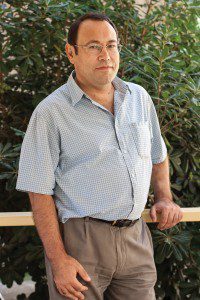
Casha started this research upon his return from the UK, where he completed his medical training as a heart surgeon. In Malta, Casha met Grima, one of the world leaders in auxetic material research, who had always dreamed of finding medical applications for his research. Likewise, Casha had always fantasised about the idea of introducing ‘aspects of mechanics and materials […] into anatomy and surgery’ and approached Grima with this idea. Casha said, ‘when I saw the patterns they were studying, I looked at them and said you should be doing stents!’ And so the start of this groundbreaking research began with a surgeon’s idea.
A heart stent is a small tube that can be inserted into a narrowed artery. It is placed in areas filled with plaque to counteract flow obstruction in a small area that can reduce blood flow leading to a heart attack. The stent keeps the blood vessel open and blood flow continuous. The team’s research focuses on finding different stent geometries that will maintain a better fit to the contour of the artery and enhance flexibility by using auxetic technology. If successful, this would mean that the heart stent becomes adaptable, durable, and easier to insert, which would overcome a lot of complications for patients.
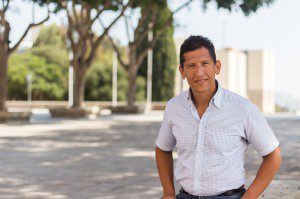
Auxetics have other special properties that make them ideal for heart stents. Auxetic structures become wider when stretched, while a rubber band normally would become thinner. This property of auxetics is called a negative Poisson ratio. The reason behind this phenomenon is the arrangement of molecules or components (within a structure) that allow geometries to expand laterally (sideways) when pulled. Because of this unique attribute, auxetic heart stents have an advantage over conventional stents by being able to widen the artery without shrinking in length hence risking becoming misplaced. Dislodging of heart stents is a major cause of their failure. Auxetic heart stents may overcome many dangers of conventional stents such as sliding out of place or damaging the artery.
Casha further explained that the research ‘looked at the effects [the] Poisson ratio has on geometry’, which is not a conventional way of looking at it, so it was rather an innovative starting point since geometries have specific mechanical and biological effects [on the stents]’. Since each geometry has its own set of properties, this research is constantly developing, and every different geometry tends to lead to different mechanical properties. With each discovery, the auxetics team comes closer to finding an optimal solution that is fitted better to the contour of the artery, flexible, adaptable, or more durable. These advantages may increase the stent’s ability to reduce the number of heart attacks.
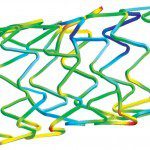
Research is a continuous problem-solving affair. For example, when most stents open up they can put a lot of stress on the vessel, called dog-boning, leading to inflammation. As a result, Casha suggested either making the stents stiffer to prevent them from opening up, or paradoxically softer so that they can rebound and close themselves. The research on auxetic heart stents is still ongoing. Casha hopes to interest a large company to take over and manufacture the stents widely.
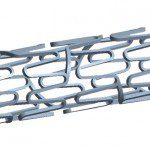
Millions of heart stents are used every year, only a manufacturing company can satisfy these commercial quantities. As a doctor, Casha wants to see his research help people in the real world but his greatest reward is being able to reach concrete results and share them with others through papers and at conferences. Casha is driven by his passion to solve problems and stated ‘when you’re almost there solving a question, and you finally see all your results are falling into your predictions […] it puts you on top of the world.’ Along with his research on auxetic heart stents, he has multiple ongoing projects. He is working on developing artificial ribs for cancer patients with rib cage-related problems, skin grafts, tendons, and plenty more. In particular, he mentioned ‘we’re doing commercialisation on something called the Rib Bridge’ which was an invention of Casha that replaces ribs with artificial ones to reconstruct the chest of people who have cancer involving the ribcage. They are currently testing prototypes. Hopefully, this will develop into a tool that doctors can use on cancer patients.
“As a doctor, Casha wants to see his research help people in the real world but his greatest reward is being able to reach concrete results”
Casha’s research interest revolves around reinventing old things. As stated by Grima, ‘he does not accept the status quo and say this is the only way of doing it, he’s always open to new ideas, so that makes him a medic, an excellent surgeon with the bonus of being open-minded’. So in his own time he collects old phones and fixes them so that they will work with modern telephone systems. On top of that, Casha loves to teach and continues to develop new and captivating stories to help his students learn anatomy. He has also worked with Heritage Malta to reconstruct ancient artefacts and hopes to someday recreate the original skeleton of the individuals that built the Ġgantija Temples from ancient bits of bone. With the same mentality, he took a look at the already existing heart stents and created a new product from them by using auxetic materials.
By collaborating with material scientists along with his medical experience, he has discovered an innovative and better way to reduce heart attacks. Casha is already saving lives as a heart surgeon and could someday save hundreds of thousands as a researcher on auxetic heart stents.
This work is being funded by Malta Council for Science and Technology through their R&I Program. Myder Vang is an electrical engineering student of Michigan Tech in the USA who, this summer, undertook the Pavlis programme in Malta.

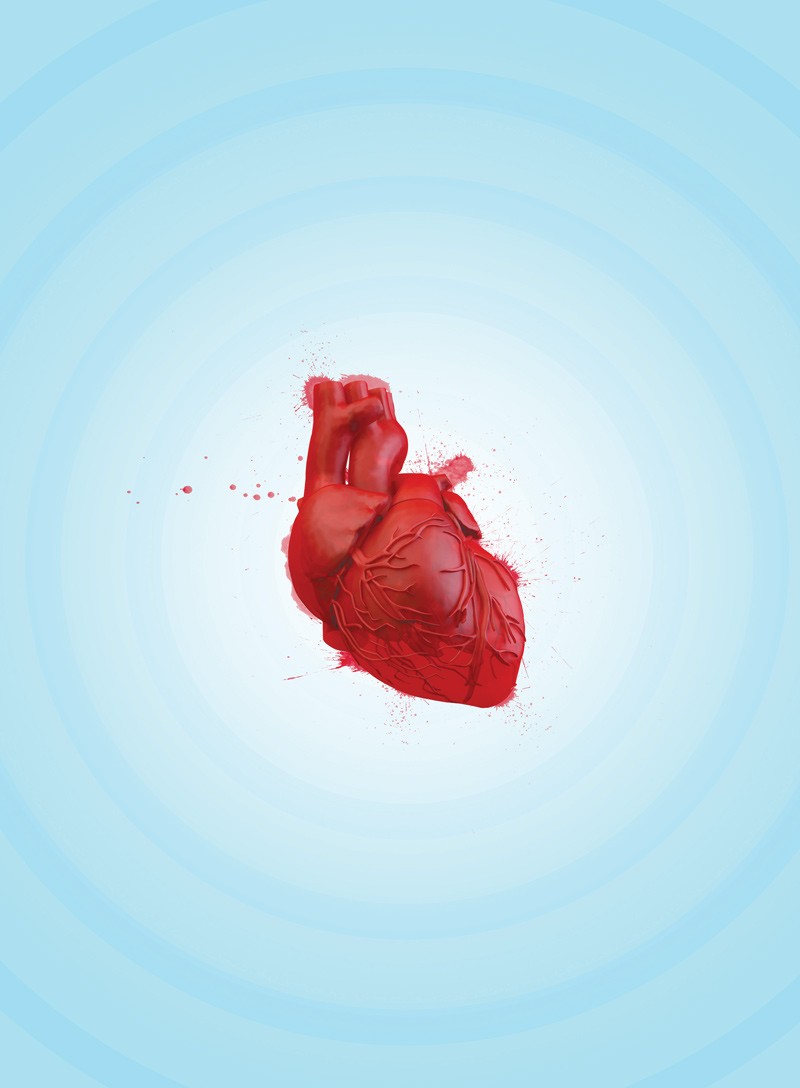



Comments are closed for this article!